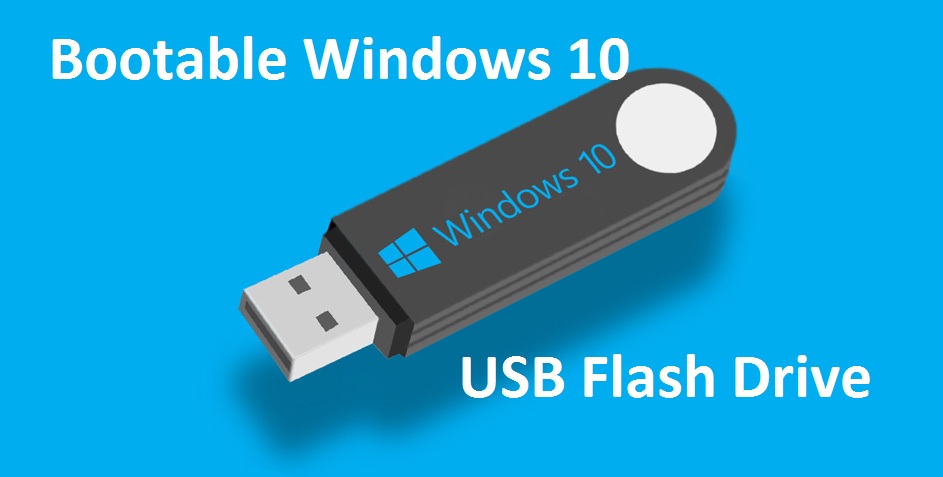

- Make usb boot drive for mac on windows mac os#
- Make usb boot drive for mac on windows install#
More methods of creating bootable USB drives (Windows, Linux and Mac OS X). First, download the ISO file from Microsoft here: Download Windows 10 Disc Image (ISO File) 2. You can now quit Terminal and eject the volume. I managed to boot Vanilla build from Hexxeh on the C7 chromebook from Acer.
Make usb boot drive for mac on windows install#
When Terminal says that it's done, the volume will have the same name as the installer you downloaded, such as Install macOS Big Sur. Then, it proposes to build a bootable install disk and make it look as nice as possible. After the volume is erased, you may see an alert that Terminal would like to access files on a removable volume. Terminal shows the progress as the volume is erased.  When prompted, type Y to confirm that you want to erase the volume, then press Return. Terminal doesn't show any characters as you type your password. When prompted, type your administrator password and press Return again. * If your Mac is using macOS Sierra or earlier, include the -applicationpath argument and installer path, similar to the way this is done in the command for El Capitan. This is the USB drive that Boot Camp Assistant created in the section Create a. Sudo /Applications/Install\ OS\ X\ El\ Capitan.app/Contents/Resources/createinstallmedia -volume /Volumes/ MyVolume -applicationpath /Applications/Install\ OS\ X\ El\ Capitan.app The Boot Camp files also add features to Windows that make it easier to. Sudo /Applications/Install\ macOS\ High\ Sierra.app/Contents/Resources/createinstallmedia -volume /Volumes/ MyVolume Sudo /Applications/Install\ macOS\ Mojave.app/Contents/Resources/createinstallmedia -volume /Volumes/ MyVolume Sudo /Applications/Install\ macOS\ Catalina.app/Contents/Resources/createinstallmedia -volume /Volumes/ MyVolume Sudo /Applications/Install\ macOS\ Big\ Sur.app/Contents/Resources/createinstallmedia -volume /Volumes/ MyVolume Once you complete the steps, you can now insert the USB flash drive on your Mac computer to install, reinstall, or upgrade the operating system to the latest macOS version, which can be Sierra, Catalina, Big Sur, Monterey, or higher. Use it to boot your favorite Live Linux Operating Systems, Linux and Windows. If it has a different name, replace MyVolume in these commands with the name of your volume. TransMac creates a macOS USB bootable drive warning. Quickly create a Multiboot USB Flash Drive containing multiple ISO files. These assume that the installer is in your Applications folder, and MyVolume is the name of the USB flash drive or other volume you're using. Type or paste one of the following commands in Terminal. Open Terminal, which is in the Utilities folder of your Applications folder.
When prompted, type Y to confirm that you want to erase the volume, then press Return. Terminal doesn't show any characters as you type your password. When prompted, type your administrator password and press Return again. * If your Mac is using macOS Sierra or earlier, include the -applicationpath argument and installer path, similar to the way this is done in the command for El Capitan. This is the USB drive that Boot Camp Assistant created in the section Create a. Sudo /Applications/Install\ OS\ X\ El\ Capitan.app/Contents/Resources/createinstallmedia -volume /Volumes/ MyVolume -applicationpath /Applications/Install\ OS\ X\ El\ Capitan.app The Boot Camp files also add features to Windows that make it easier to. Sudo /Applications/Install\ macOS\ High\ Sierra.app/Contents/Resources/createinstallmedia -volume /Volumes/ MyVolume Sudo /Applications/Install\ macOS\ Mojave.app/Contents/Resources/createinstallmedia -volume /Volumes/ MyVolume Sudo /Applications/Install\ macOS\ Catalina.app/Contents/Resources/createinstallmedia -volume /Volumes/ MyVolume Sudo /Applications/Install\ macOS\ Big\ Sur.app/Contents/Resources/createinstallmedia -volume /Volumes/ MyVolume Once you complete the steps, you can now insert the USB flash drive on your Mac computer to install, reinstall, or upgrade the operating system to the latest macOS version, which can be Sierra, Catalina, Big Sur, Monterey, or higher. Use it to boot your favorite Live Linux Operating Systems, Linux and Windows. If it has a different name, replace MyVolume in these commands with the name of your volume. TransMac creates a macOS USB bootable drive warning. Quickly create a Multiboot USB Flash Drive containing multiple ISO files. These assume that the installer is in your Applications folder, and MyVolume is the name of the USB flash drive or other volume you're using. Type or paste one of the following commands in Terminal. Open Terminal, which is in the Utilities folder of your Applications folder. 
Connect the USB flash drive or other volume that you're using for the bootable installer.







 0 kommentar(er)
0 kommentar(er)
